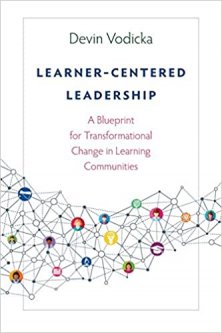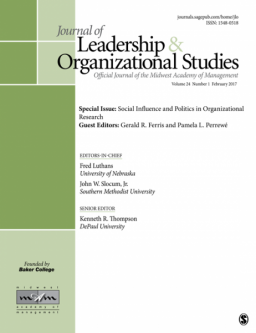Distributed Leadership in Practice

In the marketplace of leadership studies, definitions are plentiful. Leadership concepts and approaches often have diverse or worse, muddled and mischaracterized interpretations. Consequently, practicing educators develop a healthy skepticism toward educational terminology in general. For practitioners, it can be difficult to hone in on relevant and constructive leadership approaches. Spillane and Diamond acknowledge this challenge at the outset in Distributed Leadership in Practice (Spillane and Diamond, 2007). By using real situations in familiar contexts, however, they make a convincing argument about the potential for improved instructional discourse, in the conceptual framework they term “distributed leadership”. While “distributed leadership” may be (p. 1) “many things to many people”, Spillane and Diamond argue that their implication is not what scholars and practitioners may have heretofore attributed to notions such as “democratic leadership”, “shared responsibility” or “shared decision-making”. They propose that, in contrast to much of the current scholarship on leading and managing, leadership is no longer the function of the positional leader, but the interaction of the leader, follower and situation.
Skillfully selected and compiled by James Spillane (School of Education and Social Policy and Kellogg School of Management, Northwestern University) and John Diamond (Harvard Graduate School of Education), Distributed Leadership in Practice is a discussion of case studies in 15 Chicago elementary schools. Utilizing interview and observational data, a handful of scholars (including Diamond) provide didactic scenarios illustrative of the principles of distributed leadership. (Roderic, C. (2009). Book Review: Distributed Leadership in practice. Journal of Educational Administration, 47 (2), pp. 270-272)




